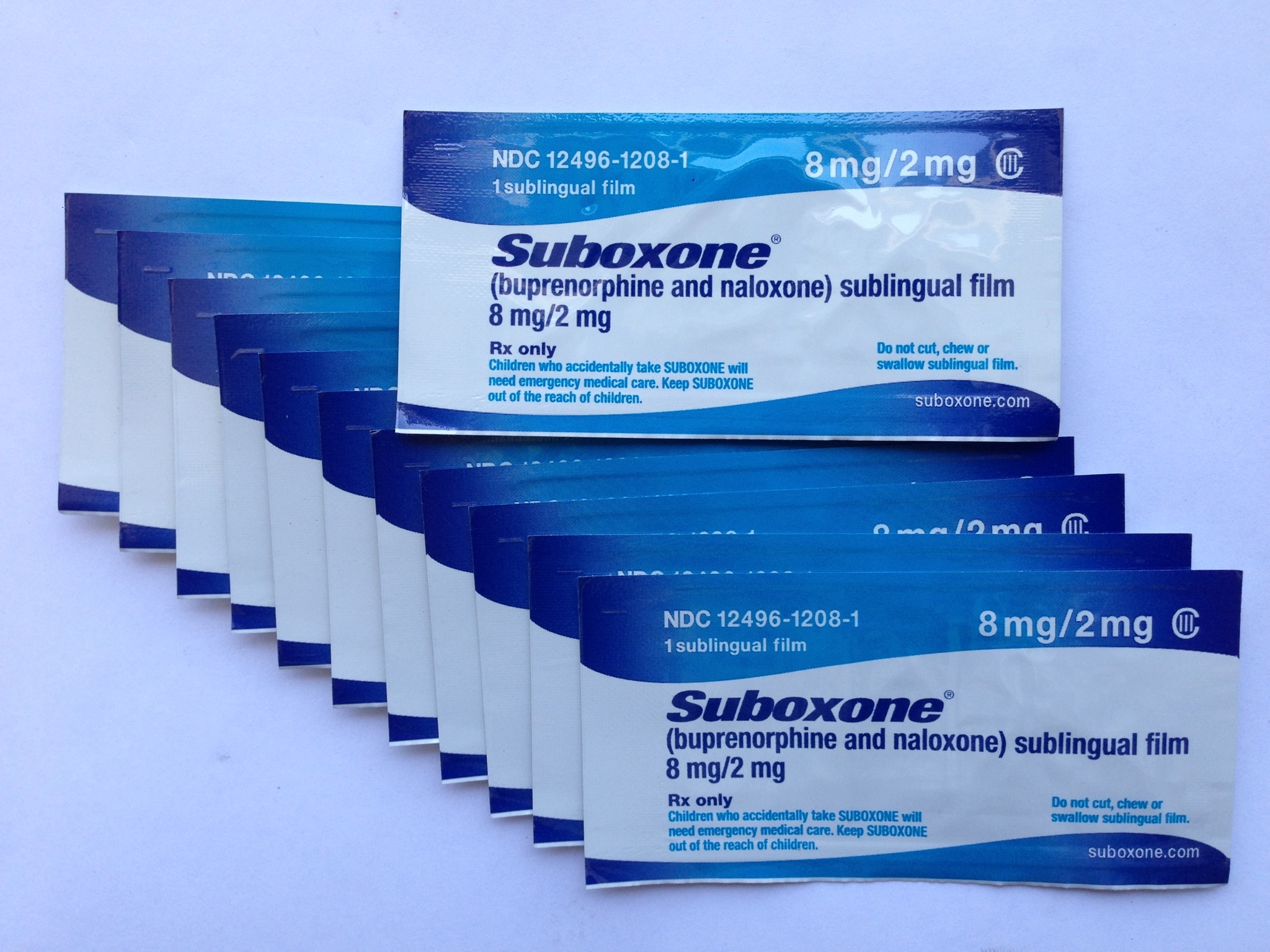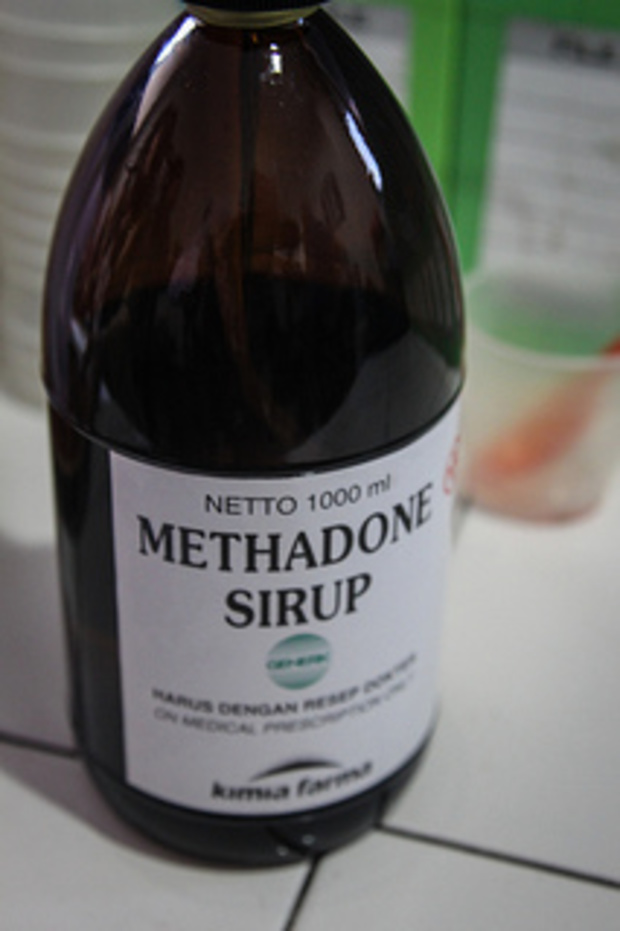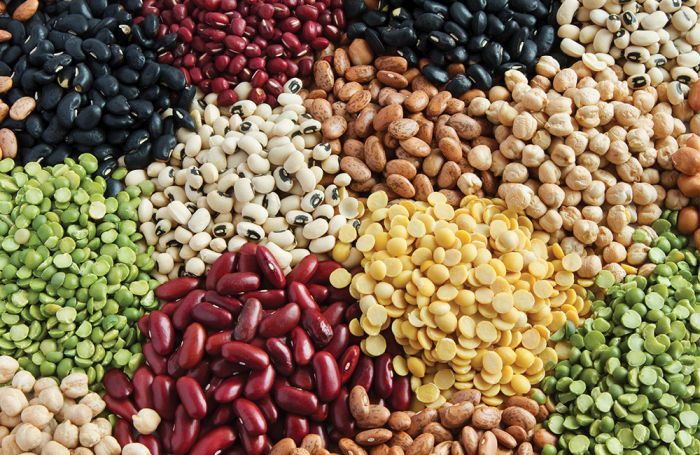So….we live in the time where Opioid MAT is a thing. Let’s explore it. Opioid MAT stands for Medication Assisted Treatment and, in this case, refers to drugs that work on the opioid receptors in the brain that are used to ease/prevent opioid withdrawal in folks who are physically dependent on them. Opioid MAT are often taken along with therapy and/or support groups, such as Narcotics Anonymous, S.M.A.R.T. Recovery, etc. Opioid MAT drugs prevent cravings and withdrawal, while simultaneously not getting the person “high” while taking it.

What are some benefits to opioid MAT?
- While on Methadone or Suboxone, overdoses decrease and people are less likely to use unregulated/street opioids.
- The longer a person is on Methadone or Suboxone, the less likely they will return to using unregulated opioids. Not that all (illicit) drug use is chaotic, but an opioid MAT may provide some stability for people.
- Prevents cravings, which can ease recovery.
- Because Methadone and Suboxone work on opioid receptors, they prevent the body from withdrawing.
- Opioid withdrawal symptoms include: anxiety, goosebumps, runny nose, watery eyes, flu-like symptoms, dilated pupils, sweating, vomiting, rapid heart rate, high blood pressure, fever, tremors, etc.
So, this all sounds good- what are the downsides to using opioid MAT?
- Firstly, opioid MAT is administered via individual doses at the pharmacy. There is a dispensing fee in Ontario of $11.99, and so depending on circumstance and insurance, it can def add up.
- Because of the nature of opioid MAT, you need to go to the pharmacy everyday to get your dose. After some time, you may be able to get some take-home doses, but in the beginning, you will need to go in person to a pharmacy, and take the medication in front of the pharmacist to prove you’ve taken it. This can be really annoying and inconvenient.
- Opioid MAT, like any other medication comes with side effects 🙁
- During the induction phase (when you first start the drug), you may go into precipitated withdrawal which can be super uncomfortable.
MAIN TYPES (that have been fully approved)
 Methadone/Methadose/Dolophine:
Methadone/Methadose/Dolophine:
- Methadone was first made after World War II in Germany for pain relief. In the 1960s, Canada began using it as an opioid MAT. It was still so difficult to get prescribed at the time due to stigma and concerns that it would be misused that in the 1990s, campaigns took place to destigmatize the use of methadone in those struggling with addiction.
- Methadone works on the brain by binding to opioid receptors, like any other opioid would, such as heroin, oxycodone, hydromorphone, or hydrocodone. In doing so, it reduces cravings and prevents withdrawal. Methadone through pharmacological action is most similar to Morphine.
- Methadone is potent and long acting, and typically one dose every 24 hours is administered for opioid MAT. Methadone is normally administered as a pill, or syrup. Doses usually start from 10-20mg and can go up to 100mg. Methadone is approximately 3-4x more potent than Oxycodone.
Potential side effects include: constipation, sweating, dry mouth, libido changes, dizziness, nausea, weight gain, fatigue
More info:
- https://www.camh.ca/-/media/files/guides-and-publications/dyk-methadone.pdf
- https://www.ncbi.nlm.nih.gov/pmc/articles/PMC1070723/
- https://www.ncbi.nlm.nih.gov/pmc/articles/PMC1070723/
- https://www.mdedge.com/rheumatology/article/52648/pain/methadone-safer-opiates-chronic-pain
- https://www.camh.ca/en/health-info/mental-illness-and-addiction-index/methadone
Buprenorphine &/ Naltrexone/Naloxone (Suboxone, Subutex):
- Buprenorphine was synthesized from thebaine, a natural alkaloid found in the poppy plant. It was introduced in Europe in the early 1980s, and was used as a MAT in France in 1986. In the States, Buprenorphine was approved for opioid MAT and pain management in 2002 by the FDA.
- Buprenorphine, unlike Methadone, is a partial agonist of the opioid receptor, Mu. Buprenorphine binds to the receptor allowing the cessation of cravings, but because it is not a full opioid agonist, you are less likely to feel the potent euphoria and reinforcing effects of typical opioids. It is still possible to become addicted to buprenorphine, and get high on it, but it is less likely than with traditional full receptor opioids like heroin.
- Buprenorphine is approximately 25-100x stronger than morphine. Doses range from 2mg/a day, up to 24mg/a day. For opioid MAT, Buprenorphine is administered once daily, as its effects last 24-36hours. It can come in the form of a sublingual pill, a sublingual strip, or a transdermal patch. Buprenorphine can be found as Suboxone, which also includes Naloxone/Narcan/Naltrexone, an opioid antagonist that is commonly used to reverse opioid overdoses. Alternatively, Subutex contains only Buprenorphine.
- Naloxone and Buprenorphine combined can come with some additional benefits as Naloxone may reduce the cravings for alcohol and self harm, as it blocks the opioid receptor. Studies are currently exploring Naloxone as a medication to deter skin picking, hair pulling and binge eating. Naloxone also blocks the effects of other opioids when on suboxone, providing some protection against opioid overdoses.
Potential side effects with Buprenorphine may be less pronounced than with Methadone, although generally the side effects remain the same between the two: constipation, sweating, dry mouth, libido changes, dizziness, nausea, weight gain, fatigue.
More Info:
- https://www.sciencedirect.com/science/article/pii/B9780123983381000695
- Information from: https://www.sciencedirect.com/science/article/pii/B9780128200759000028
- Information from https://www.sciencedirect.com/topics/medicine-and-dentistry/buprenorphine
Other potential options that are being explored are being done through a safe supply sort of lens/approach. There are still controlled dosages, observed consumption, and strict screening regimens. Some options include:
- Kadian: long acting Morphine.
- Dilaudid: Hydromorphone.
Let’s hear the harm reduction tips!:
- Speak to your doctor regularly and make sure to measure the dose accordingly. You may need a higher or lower dose depending on how your body responds to the drug.
- Wait until you’re in withdrawal before starting suboxone. If you take Suboxone before you’re in opioid withdrawal, the Naloxone that’s in Suboxone can actually induce withdrawal (super uncomfortable). This can be avoided if you wait several hours/days after your last opioid dose before starting Suboxone.
- Avoid mixing drugs and/or taking other drugs while on an opioid MAT. Although opioid MAT does provide some protection against returning to use, they are still depressants, and carry risk of overdose when combined with other depressant drugs such as alcohol, GHB, z-drugs, benzodiazepines, and some other opioids.
- Additionally, taking stimulants may place a strain on your heart by sending mixed signals. Also important to know is that if you are found to be taking other non-prescribed drugs while you’re on an opioid MAT, you may be removed from the MAT program which sucks.
 Eating approximately 45 mins before and 45 mins after your dose may decrease nausea and vomiting.
Eating approximately 45 mins before and 45 mins after your dose may decrease nausea and vomiting.
- Taking Gravol (dimenhydrinate), or ginger, and reducing your movement may help too
- Avoid consuming grapefrui!! This includes the actual fruit, juice and supplements. (Grapefruit increases the bioavailability of opioids by inhibiting the CYP36A4 enzyme of the cytochrome P450 system, located in the intestinal tract. By doing so it increases the bioavailability of drugs, including opioids). This means that it can increase the effects of the drugs, leading to a higher risk of overdose and adverse side effects!
- Monitor your fiber intake and look out for constipation. Opioids (including good old Methadone and Suboxone!), are notorious for causing constipation. According to Mayo Clinic, it is recommended that AMAB (people who are assigned males at birth) consume at least 30-38g fiber a day, while AFAB (people who are assigned females at birth), are to eat 21-25g of fiber a day minimum.
- If you do experience constipation, taking laxatives such as PEG3350 may be helpful. Your doctor or a pharmacist should walk you through the process and dosing.
- Some high fiber foods include chia seeds, oats, beans, bran cereal, prunes, and prune juice.
Questions to consider before starting Opioid MAT to gauge whether or not Opioid MAT may be right for you:
- Have you tried to stop using opioids repeatedly, but find yourself craving them or returning to use each time?
- Have you found the withdrawal from opioids to be intolerable, and the severity of withdrawal has prevented you from quitting opioids?
- Are you ready to get off opioids but are feeling overwhelmed by the potential side effects and cravings you may experience?
- Have you been using opioids regularly/daily for several months or years and have you experienced opioid withdrawal in the past?
If you answered yes to even one of these questions, opioid MAT may be a valuable consideration for you.
Places / Organizations in Toronto that provide Opioid MAT:
Centre for Addiction and Mental Health (CAMH)
Parkdale Queen West Community Health Center * (that’s us!)
Toronto Western Hospital
Sunnybrook Hospital
St. Mike’s Hospital
Women’s College Hospital
ACT Toronto
Ontario Addictions Treatment Centers (OATC)
Breakaway Addictions Services
Horizons Opioid Treatment Service
List put together using information put together by Street Health
Other sources:
https://www.samhsa.gov/medication-assisted-treatment
https://pcssnow.org/resource/benefits-of-medications-for-opioid-use-disorder/
https://www.bjmp.org/content/drug-interactions-grapefruit-juice#:~:text=Grapefruit%20juice%20inhibits%20the%20CYP3A4,may%20produce%20serious%20adverse%20reactions.